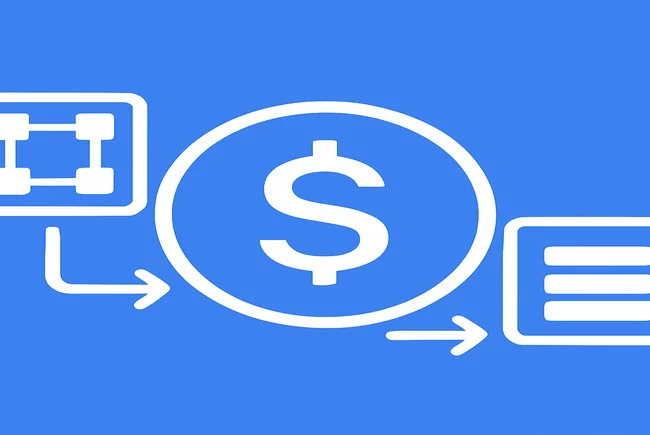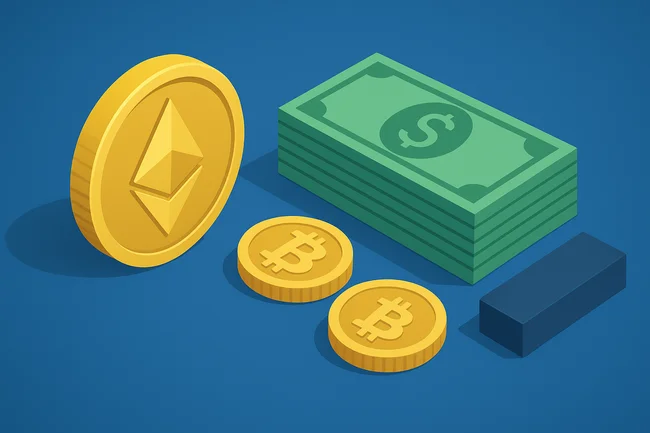The Fork Choice Rule is a mechanism used to determine which version of a blockchain is considered the valid chain when multiple versions exist. This situation usually arises during forks, where changes in the protocol or network disagreements lead to divergent paths within the blockchain.When nodes in the network encounter different blocks that extend from the same parent block, the Fork Choice Rule helps them decide which block to follow. The most common method is the “longest chain rule,” where the chain with the most accumulated proof of work or the greatest total difficulty is prioritized.Different blockchains may implement various fork choice strategies. For example, some may consider the timestamp of blocks or the total stake in proof-of-stake networks. A critical aspect is ensuring consensus among nodes to avoid splits and maintain network integrity.Overall, the Fork Choice Rule is vital for maintaining a coherent and reliable blockchain, ensuring that all participants agree on the current state of the ledger despite potential conflicts or forks.

Circle Introduces Bridge Kit to Simplify Crosschain USDC Transfers
Circle has launched the Bridge Kit, a new developer toolkit designed to simplify cross-chain transfers of USD Coin (USDC) through



